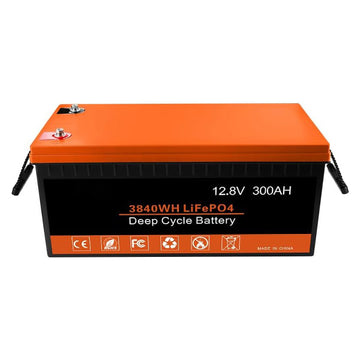This calculator is carefully crafted based on Coulomb's law in physics and is designed to help users easily calculate the magnitude of the interaction force between charges, the distance, or the amount of unknown charge. Whether you are studying electric field distribution, simulating electrostatic experiments, or doing basic physics, this calculator is an indispensable tool. Simply enter known parameters, such as charge, distance or known force, and you'll instantly get accurate electrostatic force calculations. Whether it's attraction or repulsion, it's all at your fingertips.
In Solar Power Systems
The direct application of Coulomb's Law Charge Calculator to solar power systems is not significant because Coulomb's Law primarily describes the force of interaction between stationary charges, i.e., the force between two stationary point charges is proportional to the product of their electric quantities and inversely proportional to the square of the distance between them. is inversely proportional to the square of the distance between them. However, the application of Coulomb's Law Charge Calculator or similar principles can be manifested in an indirect way in some aspects of solar power systems.
The following are possible indirect applications or related considerations of the Coulomb's Law charge calculator in solar power systems:
1. Electrostatic protection
- Static Control: Static electricity can be a problem during the manufacture, installation and maintenance of solar panels. High levels of static electricity may lead to equipment damage or performance degradation. Understanding Coulomb's Law can help engineers and technicians better understand and control static electricity so that appropriate static protection measures can be taken.
- Charge Balancing: In specific application scenarios, it may be necessary to ensure that solar panels or other components are charge balanced to avoid unwanted electrostatic discharge (ESD) events. The principles of Coulomb's law can be used to analyse and optimise charge distribution in these scenarios.
2. Circuit design
- Capacitor design: Capacitors are common components in power electronics for solar power systems. While the design of capacitors is usually based on the physical equation for capacitance (C = ε * A / d), understanding Coulomb's law can help engineers to understand the behaviour of charge in a capacitor, leading to more accurate design and optimisation.
- Filtering and decoupling: Capacitors are often used in solar power systems for filtering and decoupling to reduce power supply noise and interference. The principles of Coulomb's law can be used to analyse and optimise the performance of these capacitors in circuits.
3. Energy storage systems
- Battery bank management: In solar power systems, the battery bank is a critical part of the energy storage. While Coulomb's law is not directly applicable to the design and management of battery banks, understanding the interactions between charges can help engineers better understand the distribution and flow of charges in a battery bank, leading to more effective battery management.
Related Power Calculators
- LED Resistor Calculator
- Ohm’s Law Calculator
- Parallel Plate Capacitance Calculator
- Parallel Resistor Calculator
- Peak Voltage Calculator
- Peak-to-Peak Voltage Calculator
- Power Factor Calculator
- Resistor Capacitor Circuit Calculator
- RMS Voltage Calculator
- Voltage Calculator
- Voltage Divider Calculator
- Wire Size Calculator






